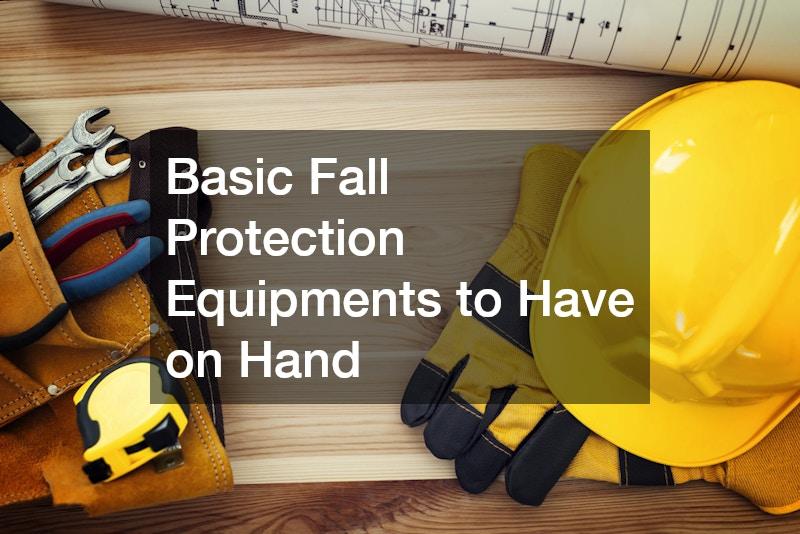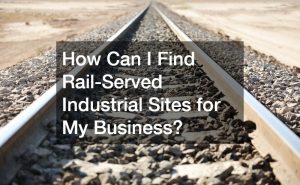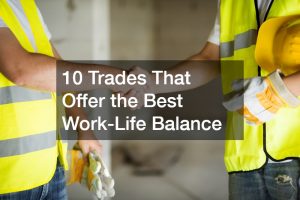Fall protection is critical in many industries, especially construction, manufacturing, and maintenance, where workers often perform tasks at significant heights. Ensuring the safety of employees requires the right fall protection equipment, which helps prevent falls and reduces the severity of injuries if a fall occurs. Here are some essential fall protection equipments that every work site should have on hand:
Full-Body Harness
A full-body harness is the cornerstone of fall protection systems. It distributes the forces of a fall across the body, reducing the risk of injury.
The harness should fit snugly and be adjustable to accommodate different body sizes. Key features include D-rings for attaching lanyards and lifelines, padded straps for comfort, and easy-to-use buckles. Regular inspection of harnesses for wear and damage is essential to ensure their effectiveness.
Lanyards
Lanyards connect the harness to an anchor point or lifeline and come in various types, such as shock-absorbing lanyards and self-retracting lifelines (SRLs). Shock-absorbing lanyards reduce the impact force during a fall, while SRLs provide automatic tension and retraction, allowing for more movement flexibility. Choosing the appropriate lanyard type based on the specific job requirements is crucial for optimal protection.
Anchor Points
Anchor points are secure attachment points for lanyards and lifelines, providing a stable connection during work at heights. They can be temporary or permanent and must be capable of supporting the maximum intended load. Common anchor points include roof anchors, beam anchors, and engineered systems designed for specific structures. Ensuring that anchor points are properly installed and inspected regularly is vital for maintaining a safe working environment.
Lifelines
Lifelines are flexible or rigid lines that connect to anchor points, allowing workers to move horizontally or vertically while remaining secured. Horizontal lifelines are often used for tasks that require lateral movement, such as working on roofs or along beams. Vertical lifelines are used for climbing or descending, such as on ladders or scaffolding. Lifelines should be strong, durable, and properly maintained to ensure they provide reliable protection.
Guardrails and Safety Nets
Guardrails and safety nets are collective fall protection systems that provide barriers or catch systems to prevent falls from heights. Guardrails are typically installed around open edges, holes, and platforms, while safety nets are used below work areas to catch falling workers or debris. These systems are essential for providing additional protection and reducing the reliance on personal fall arrest systems.
Safety Helmets
Safety helmets are crucial for protecting workers’ heads from impact injuries, which can occur from falls or falling objects. Helmets should be equipped with chin straps to keep them securely in place during a fall. Regular inspection for cracks, dents, or other damage is necessary to ensure helmets provide adequate protection.
Fall Protection Training
While not equipment per se, comprehensive fall protection training is essential for ensuring workers know how to use fall protection systems correctly. Training should cover proper fitting and usage of harnesses, lanyards, and other equipment, as well as emergency procedures in case of a fall. Regular refresher courses help maintain awareness and adherence to safety protocols. .





